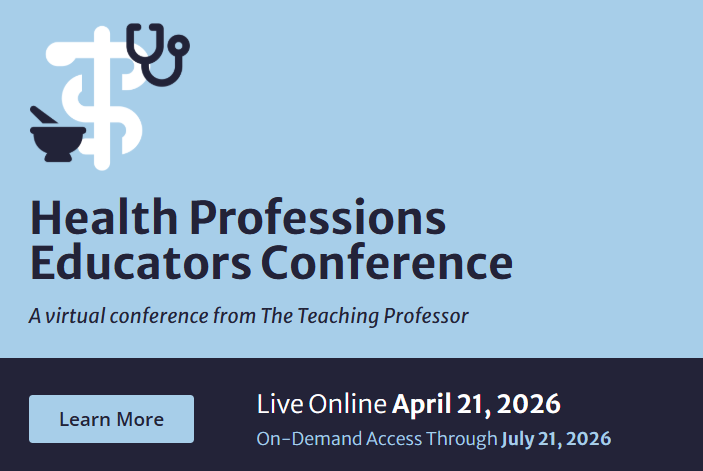I started teaching economics in higher education almost a decade ago, and yet the memory of the first time I asked a student to meet with me to talk about plagiarism is still painful. Rather than resolve anything, in the middle of our conversation he abruptly stood up and walked out, slamming the door behind him.
Throughout my career from my bachelor’s degree to my PhD, I had been warned about plagiarism. We learned the dos and don’ts in my undergraduate work and during graduate school when writing research articles for peer-reviewed journals. I remember wondering why anyone would risk his or her reputation. And yet thinking back to that first student plagiarist, the problem made me realize that plagiarism is more complex than simple laziness.
I actually still wonder if this student knew what plagiarism meant, but I never got the time to explain. Unfortunately, this was not the only case in my teaching career. I think it is safe to assume that students don’t exactly know the rules. Consequently, I have started giving a short refresher to my students at the beginning of each term. It has helped a little, but perhaps not as much as one would expect.
I’ve taught about 1,500 students—from the young adult who just graduated from high school, to the adult learner who already has extensive work experience. I have taught at the University of Bordeaux in France, Stratford University (VA), George Mason University (VA), Southern New Hampshire University (online), and Marymount University (VA). In each of these institutions I have encountered at least one case of plagiarism, from copying an entire essay that was submitted years before by another student, to “just” forgetting to write down references.
In all interactions, I stress my role as a helper, not a police officer.
It used to be that for every essay assigned, I had to spend a good amount of time checking for plagiarism. By hand. If the originality of a section was suspect, I pasted it into a Google search. Time consuming? Yes. At that time, I was a PhD student as well as an instructor, reading research papers daily, collecting data, attending research conferences, and meeting with my PhD supervisor. Needless to say, I didn’t have time for this.
When in the U.S., I still found cases of suspected plagiarism, but thankfully I had more tools to detect and prevent it. There were more cases of plagiarism with my online classes. Few students apparently read (or heeded) my post on plagiarism in the LMS. In face-to-face classes, they had no choice but to listen to me. Yet despite my efforts, I still had to approach several online students suspected of plagiarizing. Some understood the issue quickly and learned from their mistakes. Others were a bit more reluctant to admit to fault.
Throughout all this, there is a system which works well for me that saves me time while not diminishing the importance of my personal relationship with students. I’ve found that Turnitin Feedback Studio for online submissions is a tremendous help. Rather than rely on my own instincts, I check the similarity score of submitted papers and investigate in more detail if the score is too high.
My first step is to send a personalized email to the student, explain the issue, and remind them about references and paraphrasing, and the nuances of intellectual property. I then offer them a chance to resubmit. It is quite common—I’d venture to say that 90 percent of the time—that the mistake is a simple oversight or act of laziness. In all interactions, I stress my role as a helper, not a police officer. Rarely do such mistakes happen twice; Students become much more meticulous in subsequent assignments.
I’ve found that a similarity score of over 40 percent is the threshold for getting concerned. My students get their similarity report to review before they turn in their final paper—make sure this feature is turned on for your students—so they can edit and resubmit if they think their similarity score approaches the number of concern. Sometimes, my students don’t make changes but instead, they can explain the reason for the high similarity score. There are often very logical reasons for the high numbers. If their reasoning is sound, then I am fine with that.
When the final piece still has too high of a score, I send that student a detailed report showing the actual areas of concern with a personalized email. I want these students to see what I see because the whole point of college is to learn something, right? We’ve all cut corners or made mistakes. The similarity report is simply generated by a computer. It isn’t my personal opinion. It is a place to start a conversation, not assign a grade or point fingers. This report lays out the facts, and I’ve found that seeing it in black and white does two things:
- It separates the action from the person and gives us a “thing” to talk about rather than what they did intentionally or unintentionally.
- There is a benefit to seeing how easily and thoroughly tools like Turnitin are in finding content matches.
I wish I had this kind of tool when I first started to teach. It would have strengthened and supported my pedagogy sooner, and made my job easier and my relationship with the students stronger. Thanks to the transparent and unbiased reports, I can now address plagiarism without it being a punitive moment. It has helped me to realize where knowledge gaps are, and it has helped my students to feel empowered rather than defeated.
Amel Ben Abdesslem is an adjunct professor at George Mason University in the School of Business and also at Marymount University. She is also a research associate at the University of Bordeaux, France and an adjunct professor of online courses for Southern New Hampshire University. She holds a PhD in International Economics from the University of Bordeaux. She has published numerous scholarly articles on business and economics, speaks four languages, and in 2018, was winner of the Excellence in Academic Integrity Award.






